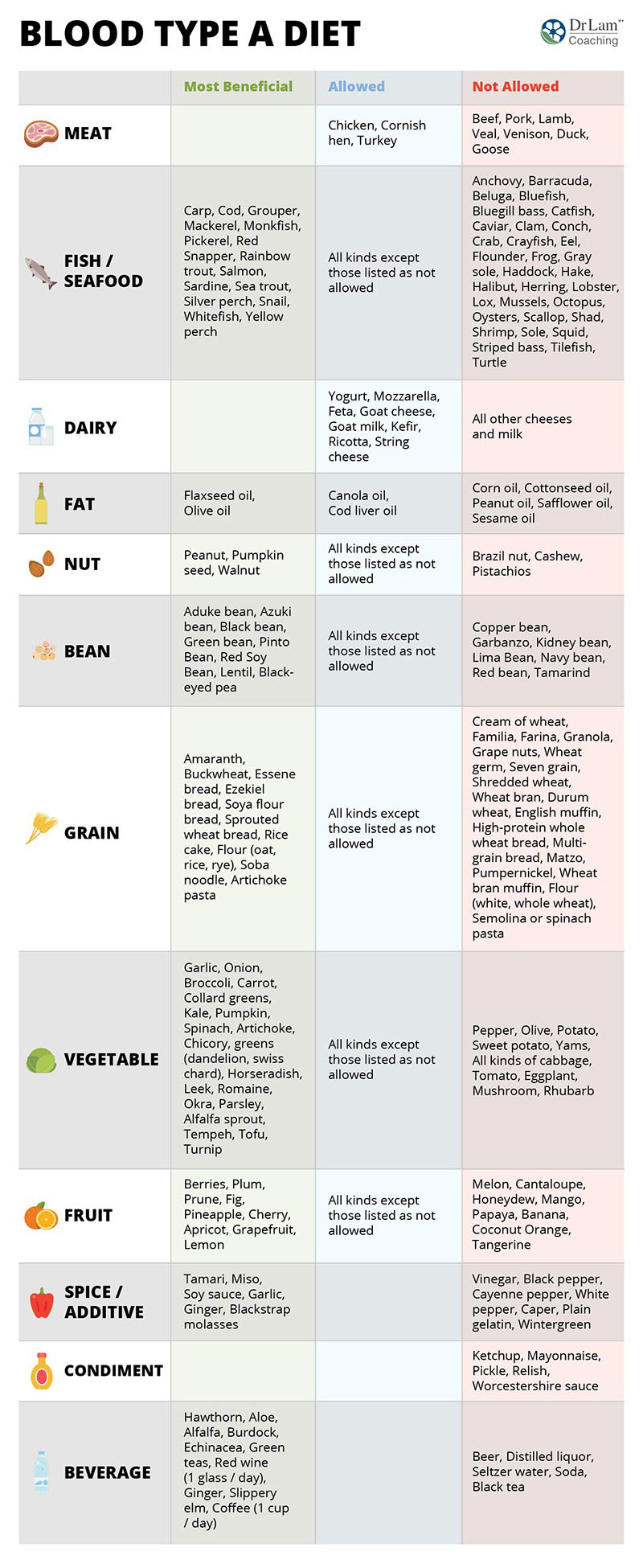Essential Guide to Muscle Growth Optimization in 2025
As we move into 2025, understanding the science behind muscle growth becomes even more crucial for fitness enthusiasts and aspiring bodybuilders. Muscle growth, also known as hypertrophy, is a complex process influenced by various factors, including workout routines, nutrition, recovery, and genetics. Whether you're looking to gain strength or size, optimizing muscle development has become a key focus in the fitness community.
This article will guide you through essential methods to enhance muscle growth. We will delve into effective training principles, nutritional strategies, and recovery techniques to maximize your muscle gain experience. Topics will include understanding muscle hypertrophy timelines, workout frequency for optimal growth, and the role of nutrition and rest. By the end of this guide, you will have a clear roadmap to succeed in your muscle-building journey.
Step into the world of muscle building with informed strategies and insights. Let's explore how to effectively optimize your approach to muscle growth!
Understanding Muscle Growth: Key Principles and Factors
Building muscle involves more than just aggressive weightlifting sessions; it requires a comprehensive understanding of the factors affecting muscle growth. There are numerous aspects to consider, from genetic predispositions to nutrition and training protocols.
The Science of Muscle Hypertrophy
Muscle hypertrophy occurs when muscle fibers undergo stress, leading to micro-tears. These tears repair stronger, increasing their size and strength. Understanding the muscle hypertrophy timeline is crucial as this process takes time—typically weeks or months—and is influenced by factors such as workout intensity, frequency, and recovery.
Genetic Factors in Muscle Development
Genetics play a significant role in the ability to gain muscle mass. Some individuals may experience quicker muscle growth due to factors such as muscle fiber type and distribution, hormonal levels, and body composition. Recognizing personal limitations is vital for setting realistic fitness goals and tracking muscle growth progress.
The Role of Nutrition in Muscle Gain
Nutrition is a pillar of muscle growth. Adequate protein intake is essential for muscle repair and synthesis, usually recommended at around 1.6 to 2.2 grams per kilogram of body weight. Additionally, understanding the importance of meal timing and overall caloric intake can accelerate muscle development. This focus on proper nutrition aligns with the importance of hydration for muscle growth.
With these fundamental principles established, we can dive deeper into effective muscle-building routines and strategies that can lead you to success.
Effective Training Strategies for Maximizing Muscle Growth
To achieve significant muscle gain duration, it’s essential to have a well-structured workout plan that incorporates various training strategies. Here are several effective routes you can take to enhance your results.
Choosing the Right Types of Exercises
Integrating both compound and isolation exercises is crucial in a balanced training program. Compound movements, such as squats and deadlifts, engage multiple muscle groups and promote greater hormonal responses, which are beneficial for muscle hypertrophy. Isolation exercises, on the other hand, target specific muscles, helping to enhance development. Best exercises for building muscle often include a combination of both types.
Utilizing Progressive Overload
The principle of progressive overload is fundamental for continuous muscle growth. This involves gradually increasing the weight, frequency, or intensity of your workouts. For effective workout adaptation for muscle building, consistently challenging your muscles stimulates growth while preventing plateaus.
Incorporating Periodization in Your Training
Periodization refers to the systematic planning of athletic training to optimize performance and avoid injury. By structuring your training into phases—such as hypertrophy, strength, and power—you can vary the training volume for hypertrophy and ensure balanced muscle growth stages. This approach helps you sustain motivation and effectively track progress over time.

With effective training strategies in place, it is equally important to consider recovery and how it influences muscle development.
The Role of Recovery in Muscle Growth
Recovery is an often-overlooked aspect of training that is crucial for muscle growth. Without adequate recovery, the body cannot repair and build muscle effectively, which can hinder progress.
Understanding Muscle Recovery Time
Muscle recovery time varies based on the intensity and volume of workouts. Typically, muscles need 48 to 72 hours to recover fully from intense training sessions. Adequate sleep and rest directly impact recovery processes and play a significant role in muscle protein synthesis.
Importance of Sleep in Muscle Recovery
Quality sleep is vital for recovery. During sleep, the body releases growth hormones that aid in muscle repair and growth. Maintaining a regular sleep schedule, aiming for 7-9 hours per night, can significantly enhance muscle recovery time and overall performance.
Hydration’s Impact on Muscle Repair
Proper hydration is essential for optimal muscle function and recovery. Dehydration can lead to decreased performance and hinder muscle recovery. Incorporating appropriate electrolyte balance can further enhance the muscle repair mechanisms. Understanding the importance of hydration and muscle growth ensures that your body functions optimally during training.
Equipped with knowledge about recovery, you’re now prepared to tackle specific strategies that will enhance muscle growth even further.
Nutritional Strategies for Enhanced Muscle Gain
Nutrition is as important as training for muscle development. Understanding how to optimize your diet can lead to impressive muscle-building results.
Essential Macronutrients for Muscle Growth
Macronutrients, especially proteins, play a vital role in muscle gain. Aim to incorporate high-quality protein sources, such as chicken, fish, legumes, and dairy into your meals. Simultaneously, healthy fats and carbohydrates should not be neglected, as they provide energy for intense workouts and recovery.
Meal Timing for Muscle Growth
Strategically timing your meals can enhance muscle protein synthesis. Consuming a protein-rich meal or supplement shortly after workouts, commonly known as the anabolic window, helps maximize muscle repair and growth. Regular meals throughout the day can also help maintain nutrient availability for muscle synthesis.
Supplements to Support Muscle Growth
If your dietary intake falls short, consider supplements that can help support muscle gain. Creatine, branched-chain amino acids (BCAAs), and whey protein are popular options among fitness enthusiasts. Each of these supplements provides distinct benefits to aid in muscle recovery and growth, complementing a solid training regimen.

Addressing Muscle Growth Challenges
Even with a dedicated approach, many face challenges in muscle building. Identifying these hurdles and employing strategies to overcome them is essential for sustained progress.
Overcoming Muscle Growth Plateaus
Muscle growth plateaus are common frustrations for many lifters. They may arise due to lack of training variation or insufficient recovery. Introducing new exercises, adjusting training intensity, or altering workout splits can help stimulate new muscle growth and overcome stagnation.
Gender Differences in Muscle Growth
Understanding the differences in muscle growth for men and women is crucial. Typically, men may experience faster muscle gain due to higher testosterone levels. However, women can also achieve remarkable results with consistent training and proper nutrition tailored to their needs.
Mindset and Mental Focus in Training
The psychological aspect of training cannot be underestimated. A positive mindset significantly affects workout consistency and helps overcome challenges. Fostering a growth-oriented mindset enhances motivation and adherence to your training program, ultimately benefiting your progress in muscle building.
As you embark on your journey toward better muscle growth in 2025, integrating these principles will provide the groundwork for success. With the right training, nutrition, and mindset, you will experience remarkable muscle gains.
Q&A: Your Muscle Growth Questions Answered
How long for muscles to grow?
The initial visible changes in muscle size typically take about 4-8 weeks of consistent strength training to appear. Ongoing adjustments to your routine and nutrition are crucial to sustain growth.
What can I do to boost workout intensity?
Incorporating techniques like supersets, drop sets, and increased weights can enhance workout intensity. Furthermore, maintaining proper form and focusing on mind-muscle connection can help maximize the effectiveness of each rep.
How do hormonal factors affect muscle growth?
Hormones such as testosterone and growth hormone play an integral role in muscle development. They influence muscle protein synthesis and recovery, making it essential to maintain hormonal balance through diet, sleep, and stress management.
Why is tracking muscle growth progress important?
Tracking your muscle growth progress allows you to assess your training efficacy, refine your strategies, and stay motivated. Regular evaluations can highlight what techniques are most effective for you.
What are common myths about muscle building?
One prevalent myth is that lifting heavy weights is the only path to muscle gain. While progressive overload is crucial, volume and technique are equally important. Furthermore, the belief that only men can achieve significant muscle gains is also misguided, as women can successfully build muscle with the right approach.
With the insights provided in this guide, you have a robust framework for optimizing muscle growth. Embrace these strategies, remain consistent in your training, and adapt your nutrition to achieve the muscle-building results you desire.
